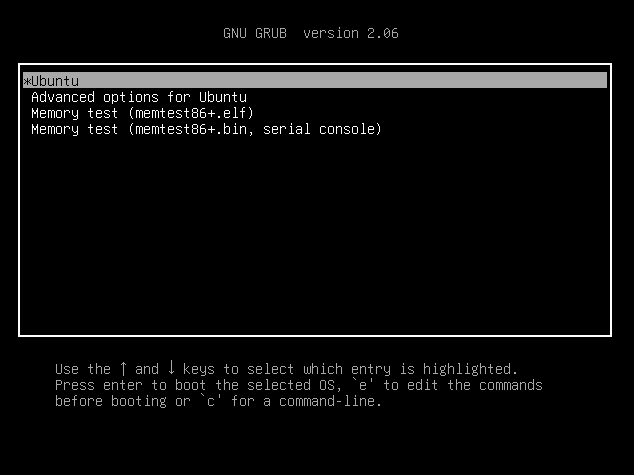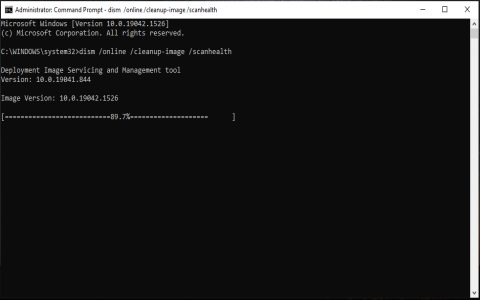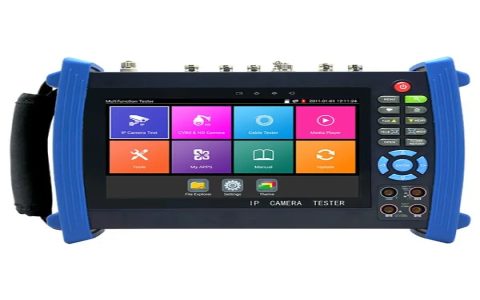GRUB (Grand Unified Bootloader)
GRUB is a powerful and highly versatile bootloader renowned for its extensive feature set and broad compatibility. It has long been a standard in the Linux world and beyond.
Key Characteristics:
- Firmware Support: GRUB supports both legacy BIOS and modern UEFI systems, offering wide hardware compatibility.
- Filesystem Access: It can read a multitude of filesystems directly, allowing it to load kernels and initramfs images from various partition types.
- Multi-boot Capabilities: GRUB excels at managing multiple operating systems, providing a boot menu to select between Linux distributions, Windows, macOS, and others.
- Configuration: Highly configurable via its main configuration file () and a powerful scripting language. This allows for complex boot scenarios, custom themes, and advanced recovery options.
- Modularity: Features a modular design, loading necessary modules at boot time.
systemd-boot
systemd-boot (formerly Gummiboot) is a lightweight, straightforward boot manager designed exclusively for UEFI systems. It prioritizes simplicity and speed.

Key Characteristics:
- Firmware Support: Strictly UEFI-only. It does not support legacy BIOS systems.
- Simplicity: Configuration is managed through simple, human-readable text files (
.confentries) located on the EFI System Partition (ESP). - Automatic Detection: It can automatically detect bootable EFI executables, including Linux kernels that follow specific naming conventions (e.g., those installed via
kernel-install). - Integration: Well-integrated with the systemd init system and related tools.
- User Interface: Provides a basic, text-based menu for selecting boot entries.
Core Distinctions
Understanding the fundamental differences helps in choosing the appropriate boot solution:
- Target Systems: GRUB is universal, catering to both BIOS and UEFI. systemd-boot is exclusively for UEFI systems.
- Complexity vs. Simplicity: GRUB offers immense flexibility and power, which comes with greater complexity in configuration and maintenance. systemd-boot aims for minimalism and ease of use, with simpler configuration and fewer features.
- Filesystem Handling: GRUB includes its own drivers to access a wide array of filesystems. systemd-boot relies on the UEFI firmware to access files, typically meaning kernels and related files must reside on the ESP (usually FAT32).
- Configuration Method: GRUB uses a central file, often generated by scripts, and supports its own scripting. systemd-boot uses individual
.conffiles for each boot entry placed directly in the ESP. - Use Cases:
- Choose systemd-boot for modern UEFI-only Linux systems where simplicity, fast boot times, and straightforward kernel management are priorities. It is particularly well-suited for single-boot Linux setups or simple dual-boot scenarios with other UEFI-compliant OSes.
- Opt for GRUB when dealing with legacy BIOS systems, complex multi-boot configurations involving diverse operating systems (especially older Windows versions), or if advanced features like themed menus, rescue capabilities, or booting from LVM/RAID/encrypted partitions without ESP limitations are required.









